

Discover more from Weapons and Strategy
UPDATE: President Volodymyr Zelensky dismissed Ukraine's Air Force Commander Mykola Oleshchuk on Aug. 30. The decision was announced on the Presidential Office’s official website. Oleshchuk has served in the position since Aug. 9, 2021. Earlier, Ukrainian lawmaker Mariana Bezuglaya had accused the military of trying to downplay the loss of a Western-supplied F-16 fighter jet, saying it may have been destroyed by friendly fire.
Ukraine has lost its first F-16 in a combat operation. The aircraft was destroyed and the pilot of the aircraft killed. That much has been officially confirmed by Ukraine's Air Force. Exactly where the shoot down happened, or how it happened, remains unclear.
The F-16 is an early fourth generation aircraft that was upgraded before delivery to Ukraine. It carries modern air to air missiles for self-protection and can deliver cruise missiles, glide bombs and other weapons. The US 350th Spectrum Warfare Wing, the US Air Force’s leading electronic warfare unit upgraded the electronic warfare systems of Netherlands-supplied F-16s to deal with Russian jamming threats. The plane's radar was improved (AN/APG-66) and systems adapted for some of the newest weapons. Ukraine claimed that an F-16 had already shot down some Russian cruise missiles.
So far, with only a handful of F-16s delivered to Ukraine, the UAF (Ukrainian Air Force) has not tried to engage directly with Russian fighter or bomber aircraft. Nor have the Ukrainians used the F-16s, at least so far, in any engagement that would expose them to Russian air defense systems. That could change in future with more aircraft deliveries, although qualified pilots are in short supply.
The Ukrainian pilot who was killed was Lieutenant Colonel Oleksii Mas. He was an experienced pilot and one of the first Ukrainian pilots trained on the F-16.
The early information suggested the pilot was killed in an airstrike at a Ukrainian airbase. Now the Ukrainian Air Force tells us that the pilot was killed and his jet destroyed in combat.
Below is the Rybar account of the announcement:
The Ukrainian Air Force Command has released an official obituary for pilot Oleksii Mesia, who was flying an F-16 fighter jet.
According to the text, the fighter he was piloting was hunting Russian cruise missiles and kamikaze drones during the massive missile strike on August 26. It claims he shot down three cruise missiles and one UAV, but was killed himself. This wording suggests that the F-16 either was shot down by Ukraine's own air defenses, which were also engaging the missiles and drones, or crashed into one of the aerial targets, which has happened before (https://t.me/rybar/41792) - in December 2022, a MiG-29 chasing a "Geran" drone crashed into the drone's debris.
We do not know if the F-16 was hit by a Russian missile and, if it was, what type. The F-16 allegedly was operating near the Ivano-Frankivsk airport in western Ukraine, nowhere near any Russian ground-based air defense systems. That airport was one among a number thought to be Ukrainian F-16 bases. It is likely that some Ukrainian air defenses helped to protect the airbase.
The fact that the pilot was killed suggests that if his plane was hit by a missile his missile warning system did not alert him in time. The system on the Ukrainian F-16s is known as the Pylon Integrated Dispenser System Plus that is supposed to offer near-spherical coverage for spotting incoming missile threats. When a missile threat is detected the aircraft can release certain countermeasures and the pilot can maneuver to avoid the threat. We simply don't know what happened here: did the pilot get a warning and if so did the Pylon system react or did he have time to react?
If it was a missile that took out the F-16, was it from a Ukrainian air defense system? Ukraine supports a mix of western and Russian ground based air defense systems. The most elaborate of these are those from NATO countries including Patriot, IRIS-T, HAWK-I, and NASAMS. Russian systems used by Ukraine include BUK-M1, Strela-10, OSA, S-300, S-125 and Pantsir S1.
NATO missile defense systems and NATO aircraft are equipped with IFF or Identification Friend or Foe devices. The ground unit interrogates the aircraft looking for a specific ID code, It goes through a number of interrogation steps and the exchange between the aircraft and the air defense signal is encrypted and specially designed to avoid electronic counter measures and spoofing. NATO aircraft use what is known as a Mode 4 or Mode 5 IFF transponder, which is designed only for military use. Mode 5 crypto has different appliques (e.g. Raytheon, General Dynamics, Leonardo) but supposedly are interoperable.
Russia also has IFF interrogators and transponders, but they are different from NATO systems. Russian systems are based either on Kremniy-2 system or its successor, Parol. Kremniy-2 dates as far back as the 1950s. The more modern and encrypted Parol system dates back to the 1980s. It is likely that Ukrainian Russian equipment uses Parol IFF unless the Ukrainians changed them over to NATO-standard IFF. Until the introduction of F-16s, there would have been no reason to introduce NATO IFF either to Ukrainian air defenses or Ukrainian aircraft. (Further confusing matters is that Ukraine was operating older Russian aircraft, some of which were acquired from Russia and others from war-stocks in Eastern Europe. It is unlikely the MIG-29s, Su-27s and Su-25s shipped from Europe would have had NATO-standard IFF modules.)
If the above is correct, then there is a strong chance that the air defenses around Ivano-Frankivsk could have been older Russian units, as protecting the area was not a top Ukrainian military priority and the base was far from any expected Russian attack. Given this is speculative, it would follow that the F-16 with a NATO IFF would not be compatible with local air defenses using Russian IFF. Thus a missile fired by a local air defense system could have destroyed the F-16, assuming the aircraft's self-protection systems were ineffective.
If the story is right, Lt. Col. Oleksii Mas was busy chasing cruise missiles and drones. Such weapons could have confused his Pylon system, or he may have even shut it down since there was no threat from Russian aircraft. That would exposed his F-16 to friendly fire.
We will never know what really happened in the loss of the first F-16 in the skies over Ukraine. Even so, the mish-mash of equipment in Ukraine and the difficulty in standardizing remains an operational problem with many consequences, one of them perhaps the cost of an F-16 and its pilot.




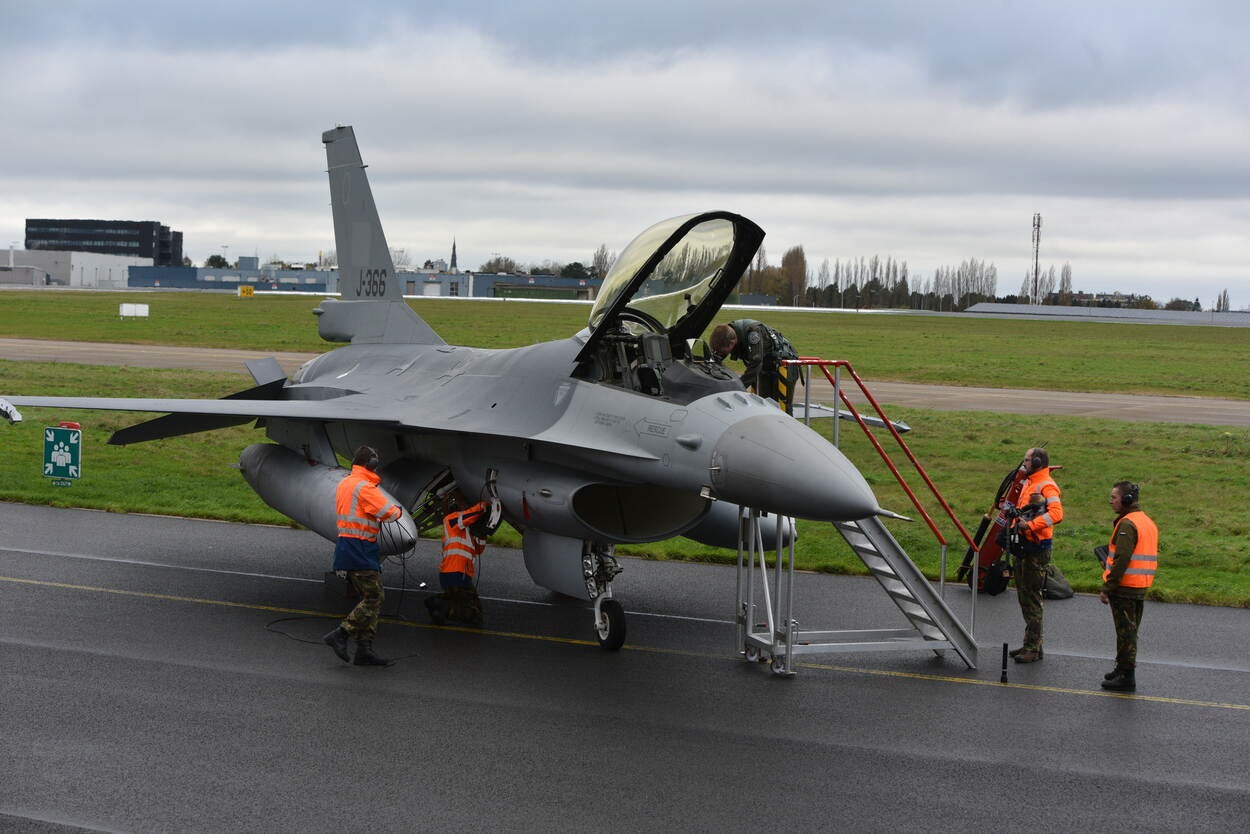
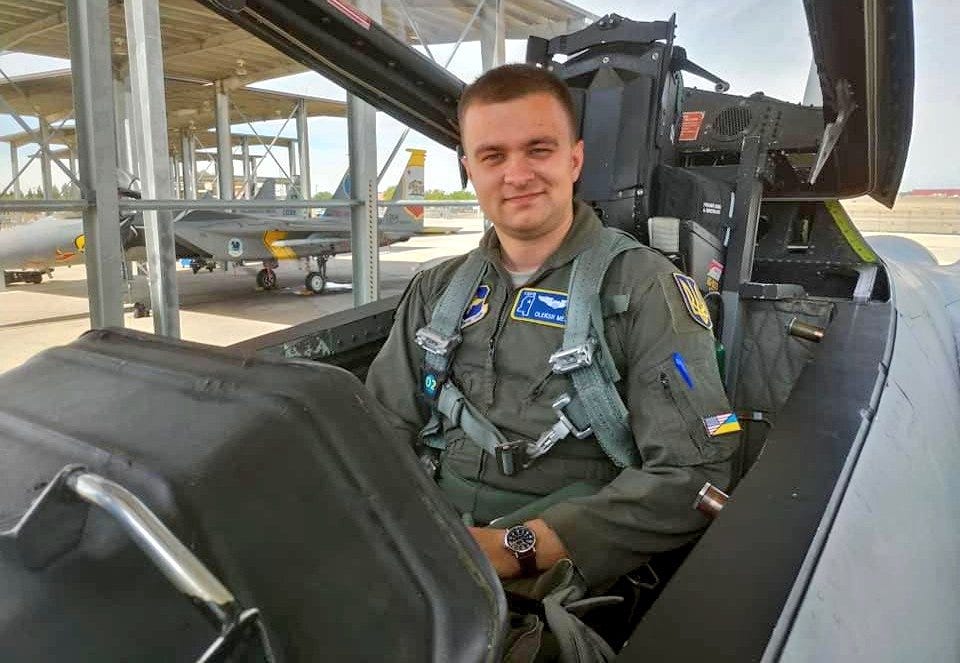
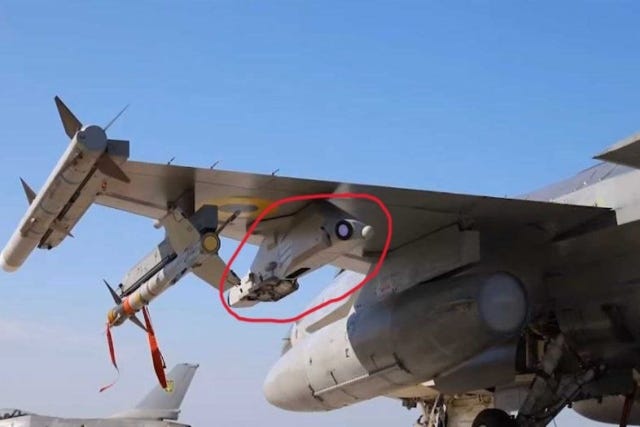
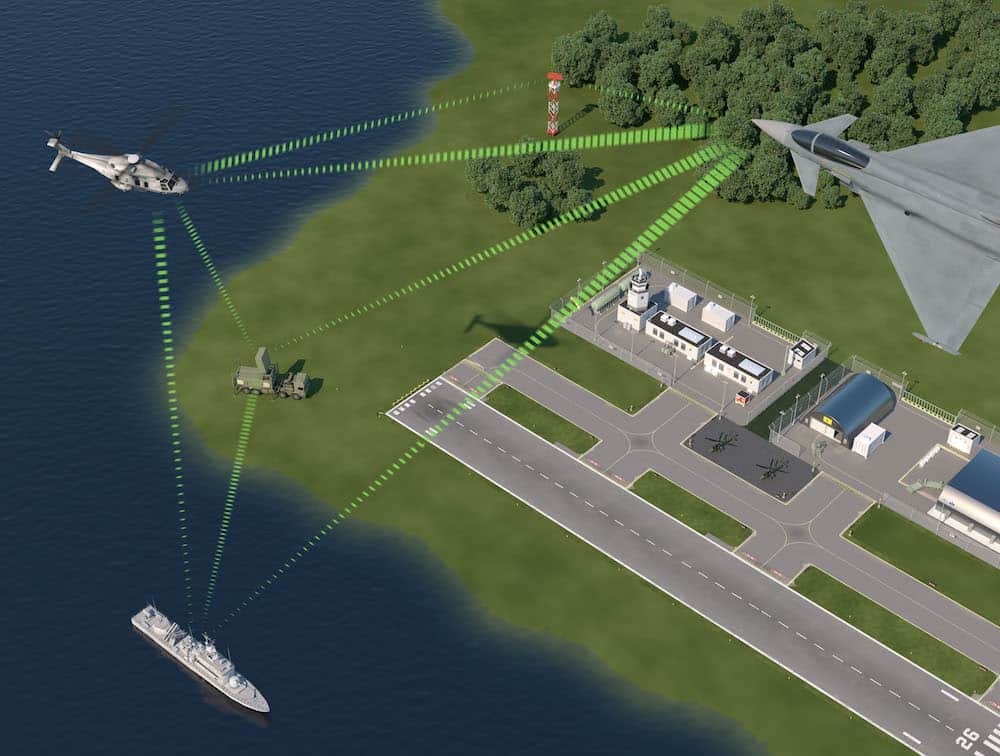
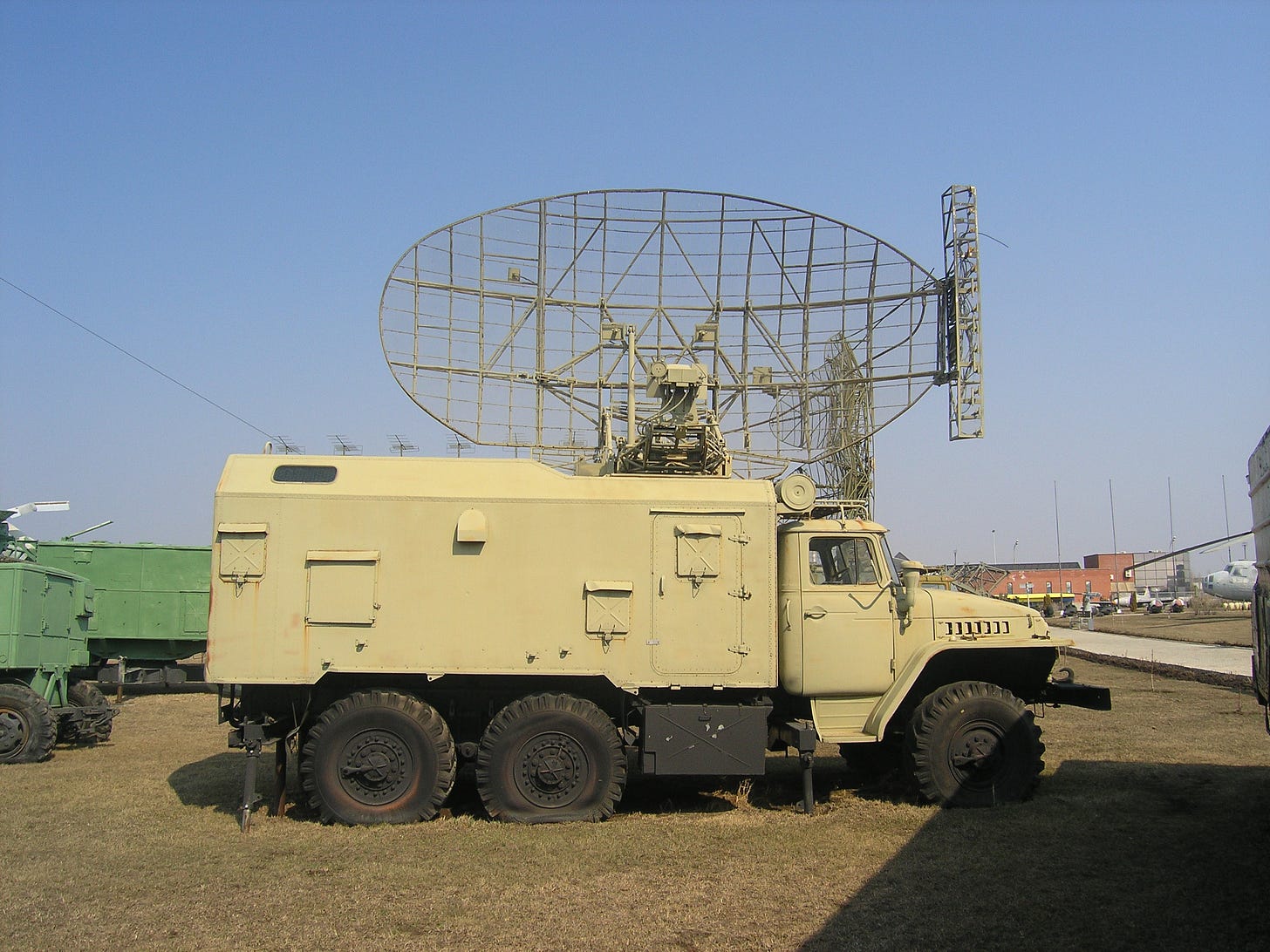







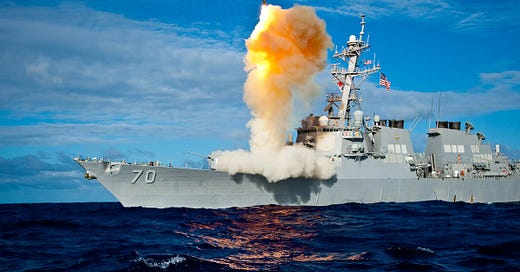



Thanks once more for the technical detail.
Whatever the reason, the loss of the second of the two Ukrainian aces who pushed the F16 program, along with one of the first six planes a few days after delivery, is not good PR.
...Just as the crazy redeployment of some of the best units from Pokrovsk to Kursk begins to bite.
It's probably a mistake to look for logic or strategy in Zelensky's inner circle... but what on earth are they thinking... or smoking?
You might want to check your sources. The Ukrainian story he was in flight is a cover. He was in a hangar on the ground. The Aug 26th Russian ground strike destroyed two (2) F-16’s and both pilots.